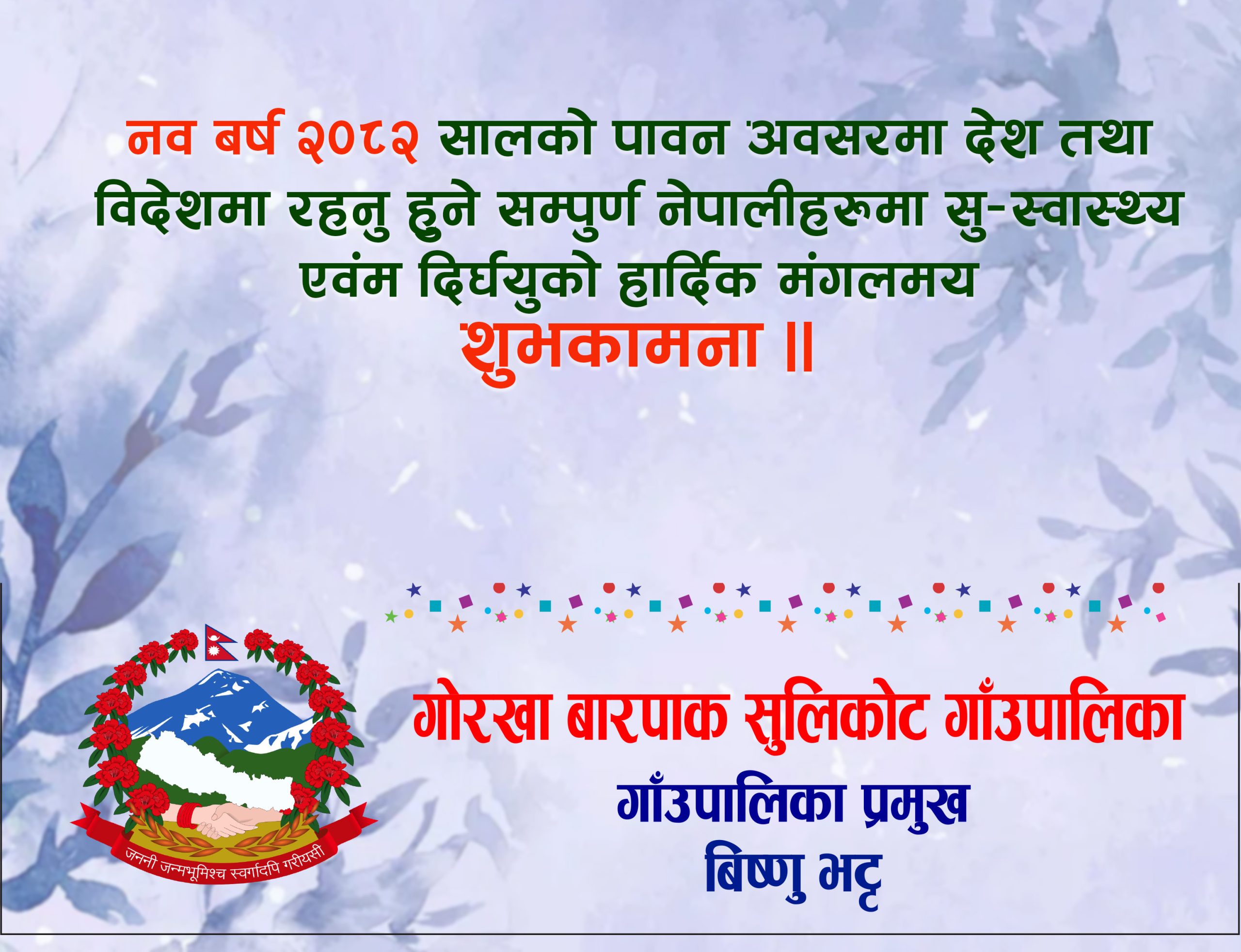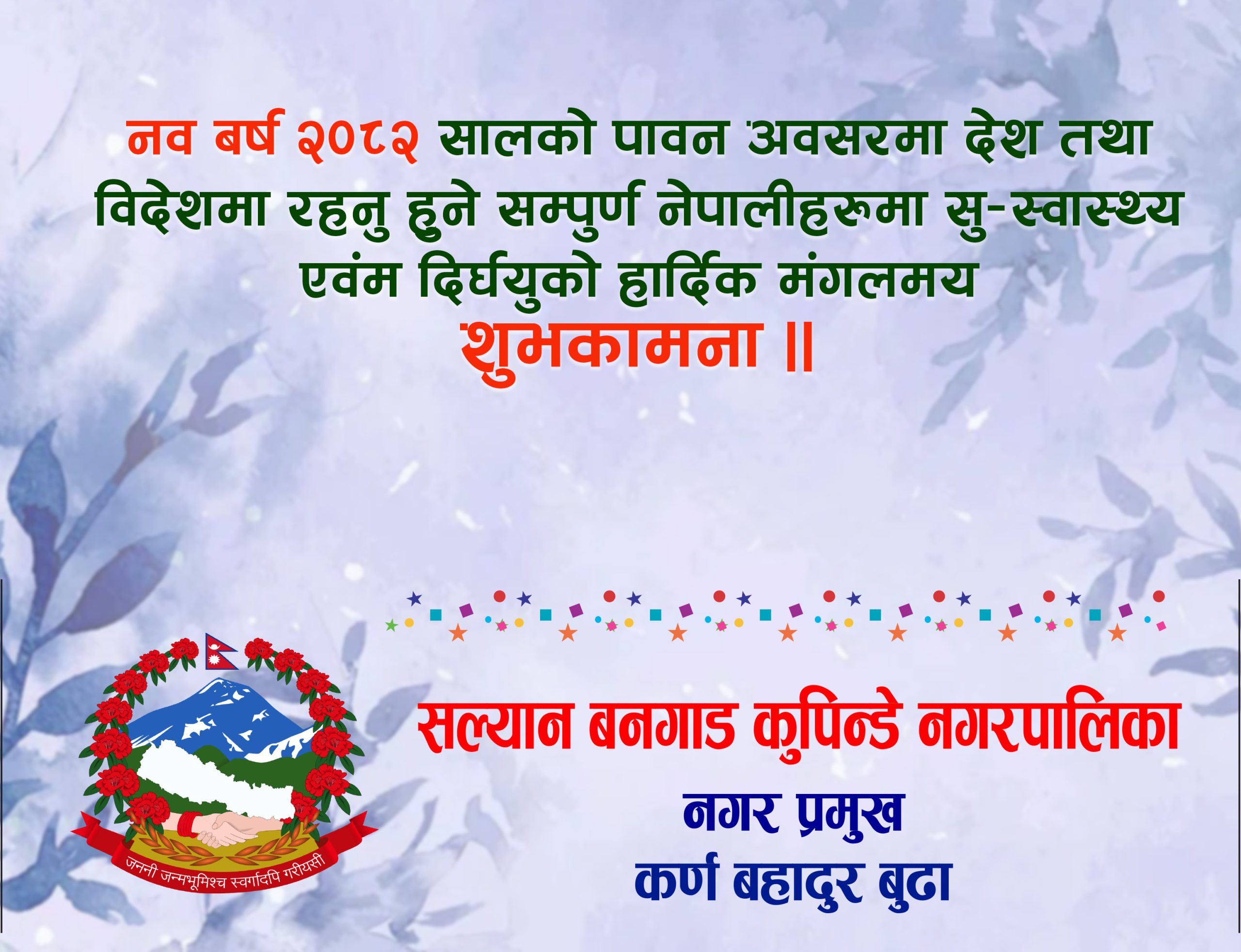CHOREOGRAPHY IN THE INDIAN CONTEXT

India is one of the very few countries, which has preserved its cultural heritage and ancient arts. Preserved in a sense that they are an integral part of the lives of its people and not just hanging behind glass walls in museums. This is why classical dance has survived: there’s always been a need for dance in our society.
Man needs much more than the basics in order to exist; man must do more than survive and art is a testament to that. One of our most fundamental of ‘needs’ is to celebrate; and dance like all art forms, has always played an important role in the act of celebration. In our festivals we need dance as much as we need music, colours, lights etc, it functions as a device to make one’s life fuller, to provide meaning to this thing we call existence.
This must be, why, for centuries, there was no need for contemporary choreography in the field of classical Indian dance. The forms of Indian classical dance themselves were so rich, so full of life and content that there was no need for change. We are a society of traditions, where traditions are held in deep reverence and preserved with care. Even today, many audiences are very content and satisfied watching classical dance and there is something very noble and wonderful about this.

So, then why introduce choreography into classical dance at all? My first answer, and I take Kathak as an example, is that we are living in a very different kind of world from when Kathak first took shape and the needs of our present society are ever changing. There is a whole new generation of Indians who belong to an international and cosmopolitan community. The world is closing in on us, so to speak, and just as people from different cultures and religions are interrelating through technology, migration, hitech communication, dance also wants to be involved in this process. We are no longer living in the temples or courts; hence we must make a great leap into the international arena of dance.

But beyond this need to expand and explore the world, dance needs to be able to express one’s personal emotions and thoughts. Every artist has to have an intimate relationship with the art form that he or she practices.
With reference to my own example, it became difficult for me at a point in time to build that relationship to Kathak as a solo dancer because I could not relate to the values, thought processes and attitudes of my Gurus’ mind set, despite the fact that I felt a great reverence and respect for them. Naturally, this created some inner turbulence for which I had to find a judicious balance between my sentiments for my Gurus and my own longings to do something of my own. I wasn’t quite sure how this energy that I felt stirring inside me would take shape.
Most of our classical dance forms have been choreographed at some time by the great masters and are passed on to the next generation in that form, hence creating tradition. Choreography, as understood today, requires the dance form to be put into a different kind of space.
This requires a new approach of the known structures to suit new concepts. It is simply safer to keep looking over your shoulder for material from the past rather than facing the vast, open plain before you. We must come out of this safe corner and have the courage to confront this thing called creation.


